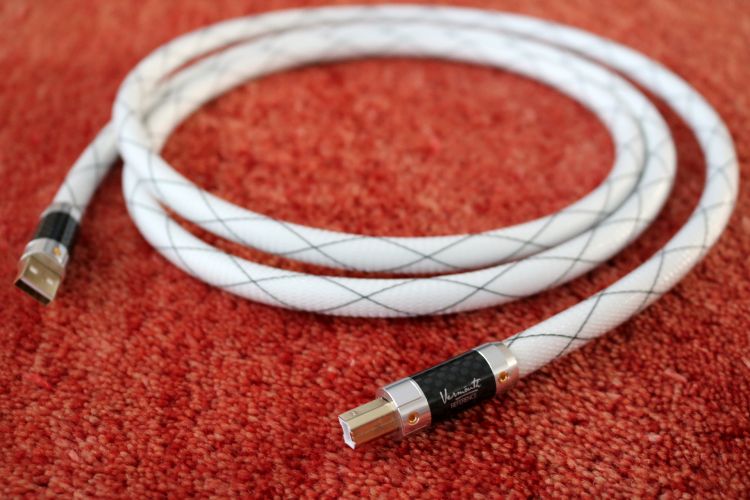
Review sample provided by Vermouth Audio
Retail price 1m with A-B Type Connectors: $400 (+tax)
Extra length per 25cm: $60 (+tax)
The Vermouth Audio Reference USB cable is graced with very classy connectors and custom metal/Carbon Fiber bodies that fit perfectly onto the cable. The cable itself has a relatively large diameter but is not too heavy and is very supple.
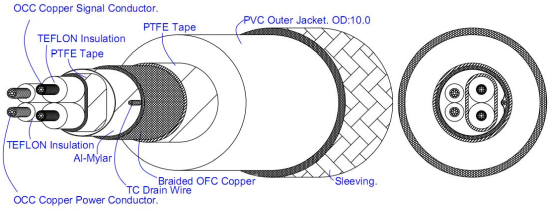
So new is this product that it is not yet on the company’s website but the above technical drawing provides a good handle on the cable’s elaborate build.
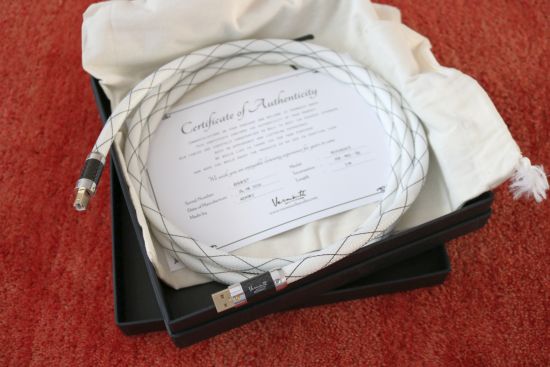
System Context
For this review, I will use the Antipodes K50 music server with the Aqua Formula xHD DAC (with the V2 board) via the Audio GD Master 1 preamplifier and the CH Precision A1.5 power amplifier driving the Martin Logan ESL15A speakers connected with Jorma Trinity speaker cables.
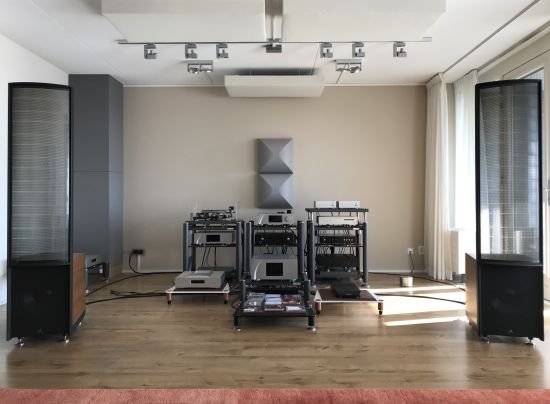
The Relativity of USB cables
After countless USB cable comparisons using the Antipodes CX and EX server/streamer combination, the one cable that remained my favorite is the Final Touch Audio Callisto. As I’ve mentioned in that cable’s review and in many other USB cable reviews, this cable is not perfect but it is, in fact, a perfect match with that server and it provides the most involving performance.
When I reviewed the Pink Faun 2.16x Music Server in 2016, I found that its S/PDIF output sounded better than the USB connection. Of course, this server uses a proprietary Pink Faun card with an extremely accurate clock but, nevertheless, it sounded more musically realistic and emotionally engaging to me than the, also proprietary, USB connection and that did get my attention. When I recently reviewed the Jorma AES/EBU cable and shortly thereafter the Antipodes K50 music server and compared its USB and AES/EBU connections and, once again, concluded that its AES/EBU interface sounded best, the good ‘n old interface was back in favor and the Jorma cable became my new reference.
The thing is that it is not at all simple to implement a well-performing AES/EBU interface. In most cases, an off-the-shelf solution is used and adding an external USB converter brings along its own problems. Hence, in many cases, USB will actually yield better results. The relativity of this is important to note. When well-implemented, AES/EBU will yield better results than USB. But, as mentioned, depending on the implementation, the reverse can also be true.
So, what I am basically saying is that the matter of interface superiority aside, in the USB camp, things are relative. And so it follows that the Callisto can, in absolute terms, be bettered in terms of bass solidity and overall impact even if it provides the most synergistic match with the Antipodes CX and EX.
This is precisely where the various available USB cables with their different characters come in and this, in turn, provides the backdrop for the Vermouth Reference USB cable.
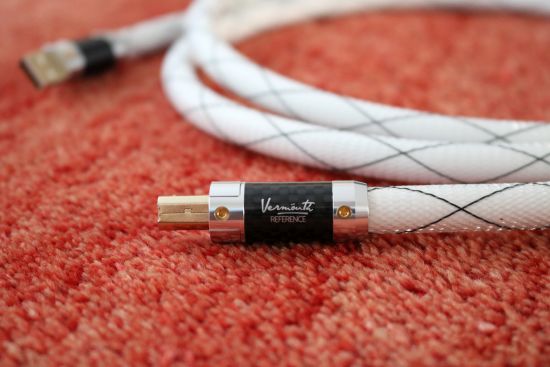
Preparing for the Vermouth
Before introducing the Vermouth USB cable to the system I prepared a playlist and did some listening just to confirm that everything was performing as it should. Yup – that sounded precisely the way I like it: fast, articulate, open, neutral and precise yet fluid, natural and emotionally involving. I realize that many of the components here carry frightening price tags and the Jorma AES/EBU cable is one of them. But no matter how much I wanted not to admit that standard studio-grade cables can be meaningfully improved by high-end cables, the Jorma cable simply outclassed all the other S/PDIF and AES/EBU cables that I used until that time. On the other hand, price is not everything and the Audio GD Master 1 preamp is certainly proof of that.
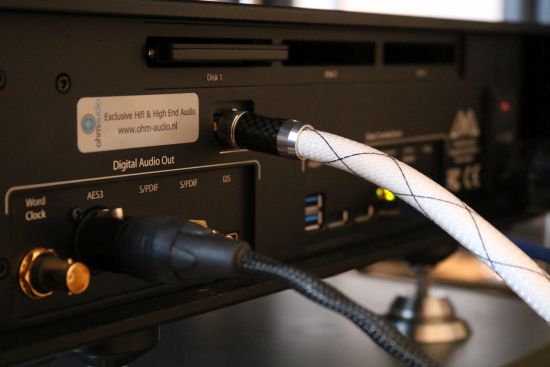
Listening
Switching from the AES/EBU connection to USB using the cable that has been one of my favorites for a long time, the Final Touch Audio Callisto, I’m greeted by a silkier, more fluid presentation. While that was precisely what the CX+EX combo needed, I now feel that this actually takes away from the K50’s already well-balanced and very natural sound. Also, the extra fluidity comes along with a step back in the solidity and impact of the bass and the main thing that I note is that the overall sound, while certainly free-flowing and easy to get into, now lacks the expression and vitality that I have come to like so much about the AES connection.
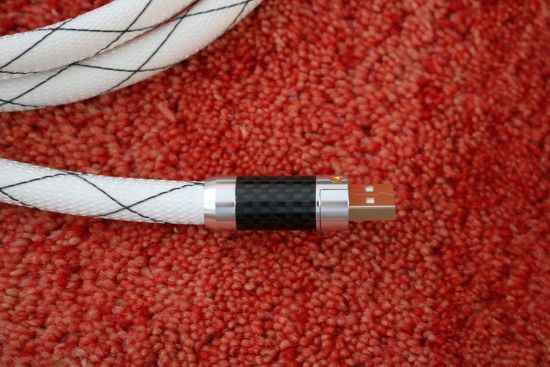
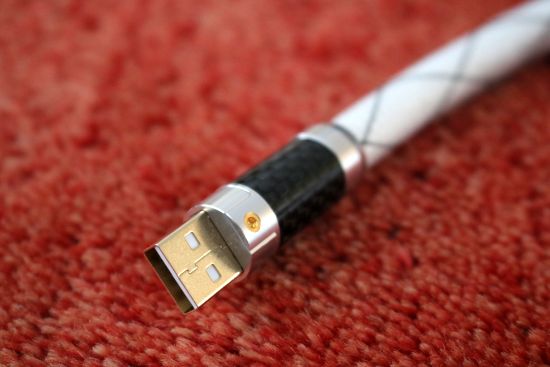
Naturally, one cannot extrapolate the sound of analog cables onto a USB cable but given earlier experience with Vermouth’s interlinks, when swapping the Callisto for the Vermouth Reference, I couldn’t help but expect a full-bodied and darker sound.
The nice surprise was that although the Vermouth USB cable did sound a little bit more full-bodied and indeed warmer than the admittedly rather cleanly-cut Jorma, this did not come along with a reduction in speed or dynamic impact. The Vermouth actually has an even-handed balance with great pacing and agility and excellent impact and dynamics. Although the treble was slightly less airy than with the Callisto (which excels in that field), the treble remained absolutely silky and the Vermouth retains an inviting sense of flow that makes for involved listening.
Granted, it’s not quite as accurate (in terms of articulation and transparency) as the Jorma AES/EBU cable but given the difference in format and not to mention price, that is only fair. Clearly, although the Callisto USB cable was ideal for the CX+EX combination, with the K50, this is no longer the case. And, indeed, by emphasizing the CX+EX’s full-bodied and dark sound, the Vermouth cable, in turn, is not ideal for the older Antipodes combo.
The Vermouth’s sound is certainly not dry or clinical. There is an element of harmonic richness to it and it is subtly euphoric but while that brings with it a suggestion of congestion and coloration that’s not how I perceive it. Rather, I would classify it as being on the “wet” side of neutral. Just sweet enough to make for an easy listen but also grippy and expressive to provide an exciting and toe-tapping delivery.
It would seem that the Vermouth is, at least on certain aspects, closer to the Jorma AES/EBU cable than my other USB references. Let’s put that to the test, shall we?
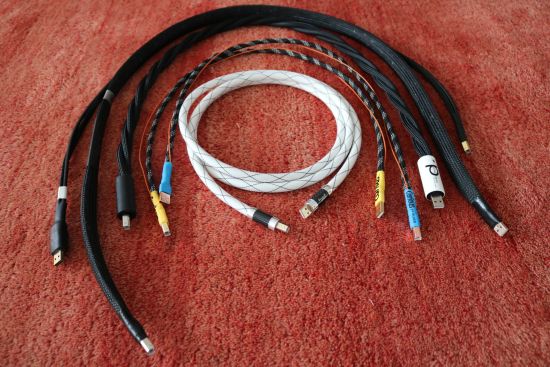
More Comparisons
Being equally smooth and silky and with a similarly luxurious presentation, the Pink Faun Digital Interlink USB‘s overall character leans in the same direction as the Vermouth Reference USB but there are important differences. In the bass, the Vermouth has the upper hand by being bolder and more impactful while the Pink Faun provides slightly more insight in terms of focus and transparency. A cable that leans in the same direction but takes it a little further is the Mad Scientist Black Magic. This is a cable that will never impose any hardness on the signal and always sounds sweet but this also means that it is not the most incisive and expressive cable of the bunch. When I first reviewed the CAD USB1 cable, I used Wilson Watt/Puppy 8’s in the main system and Gustavson LS One’s in the secondary system. In these circumstances, the cable was a match made in heaven, taming the Wilsons’ brightness and adding bass heft to the Gustavsons. But as later incarnations of my systems would show, the CAD does indeed have solid bass and great impact and slam but also a dark, slightly closed-in delivery and that is something to keep in mind. With the Jorma now as my reference, I feel that the CAD deviates more from the norm than most of the other cables in this group. Of course, that can be a blessing or a curse. The Curious Evolved USB cable is more neutral overall and more even-handed than both the Vermouth and Pink Faun but it lacks vitality in the bass and some dynamic expression in general and in that regard, it is a little like the AudioQuest Diamond. The original Curious USB cable is bolder and more expressive and quite exciting but lacks finesse and resolution. The AudioQuest Diamond, finally, is very neutral and transparent and in those fields probably closest to the Jorma AES/EBU cable, but every time I listen to it again I can’t help but feel that it is also a little bland and unexciting.
Long story short: together with the Final Touch Audio Callisto, the Vermouth Reference has landed at the top of my favorites list and in my current collection of components actually provides the most synergistic match. To be honest, that was not what I expected but all the more a pleasant surprise.
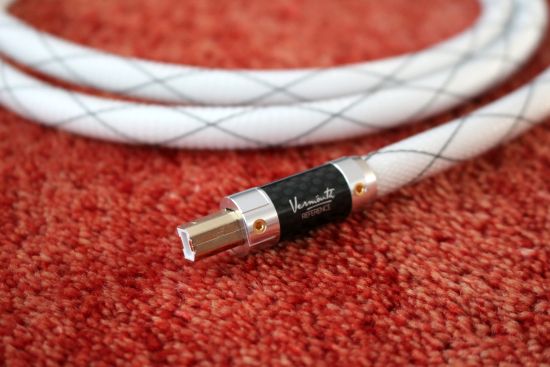
Conclusion
With USB cables just as much as with any other cables, one should seek to find the combination that yields the most neutral balance or that best represents what the user desires most in music playback while having as little as possible drawbacks in other areas. In the case of the Antipodes K50 music server and the Aqua Formula xHD DAC, the USB cable that adhered most to that ideal is the Vermouth Reference.
The Vermouth USB cable has a full-bodied but even-handed sound with an element of harmonic richness to it. There’s absolutely no white thinness here but neither does the cable sound thick or congested. It’s just sweet enough to make for an easy listen but also grippy and expressive and it has great pacing and excellent impact and dynamics to provide an exciting and toe-tapping delivery.

External Links
Manufacturer: Vermouth Audio
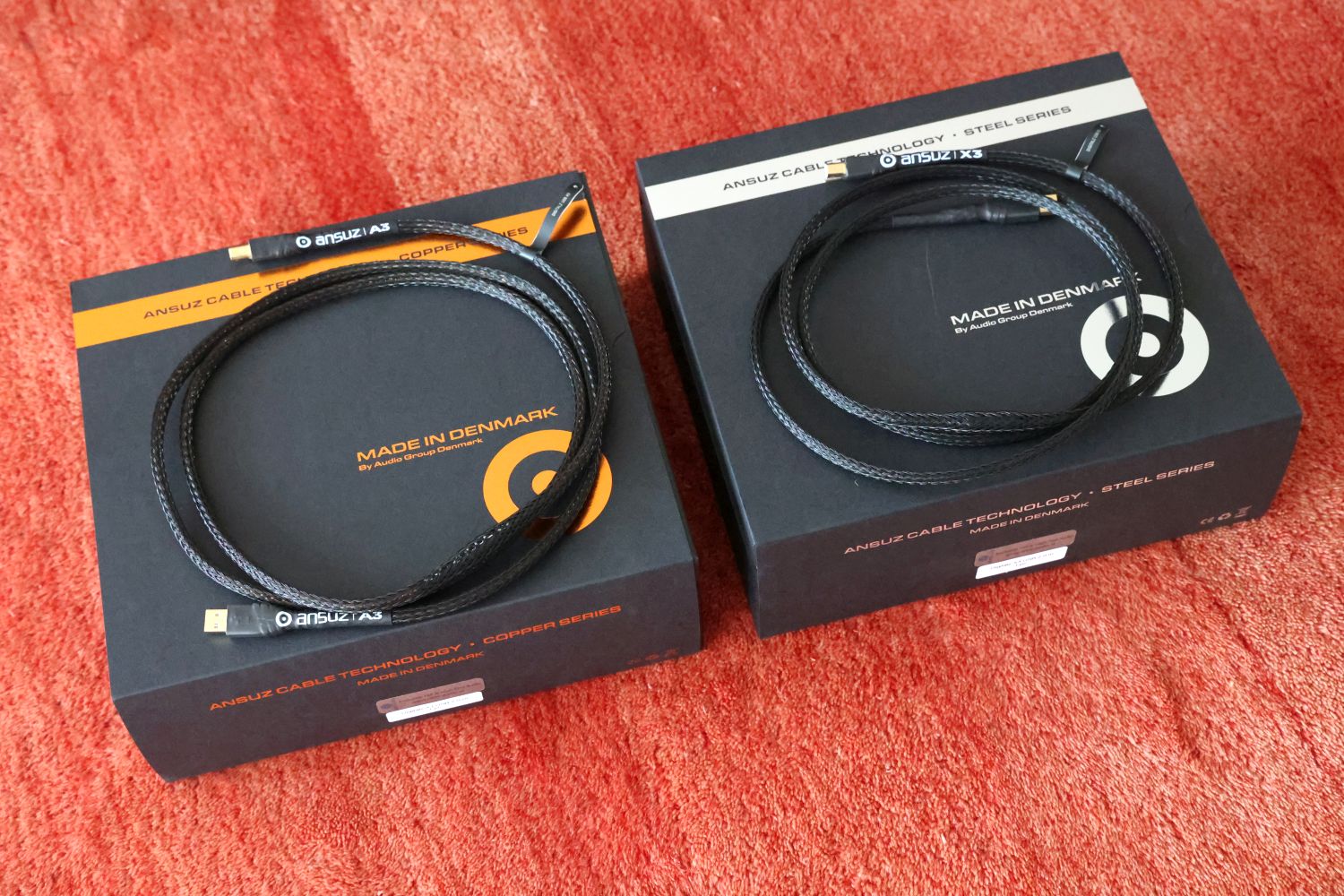
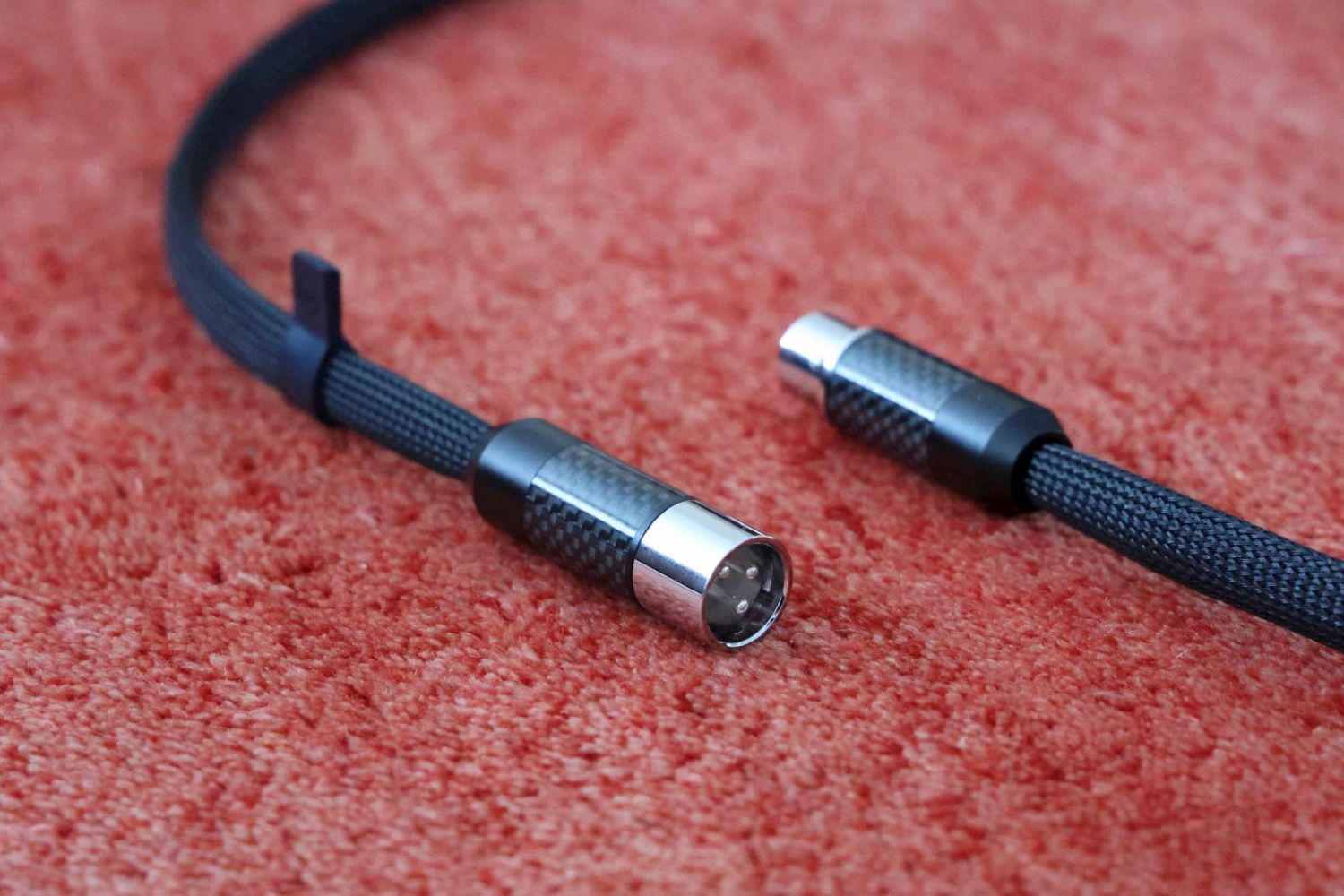
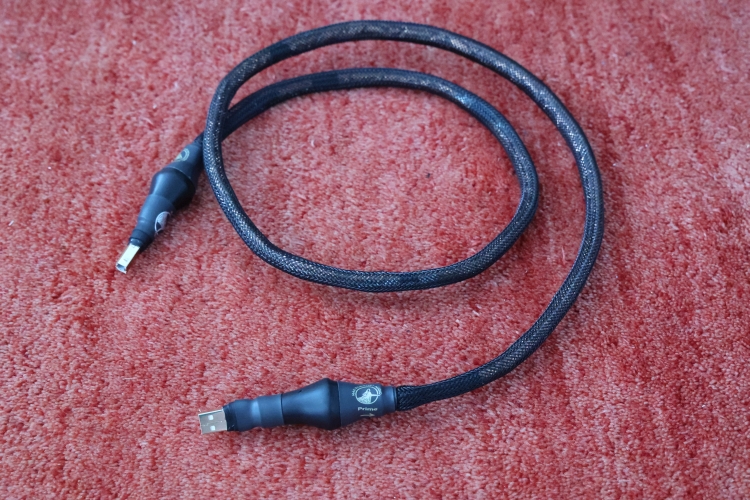
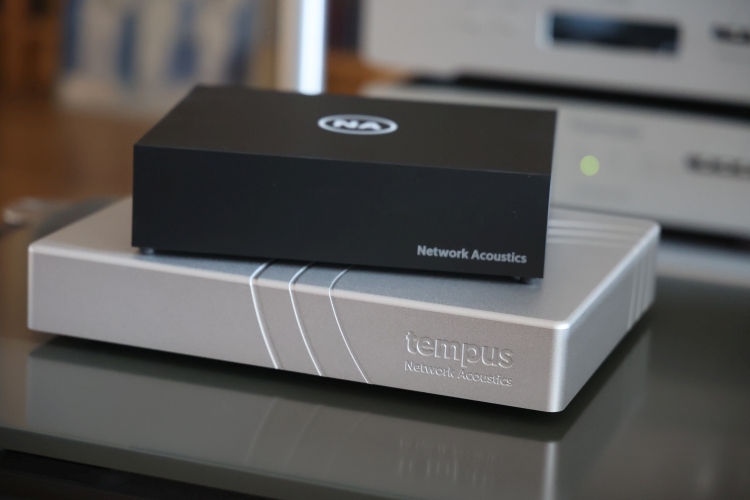

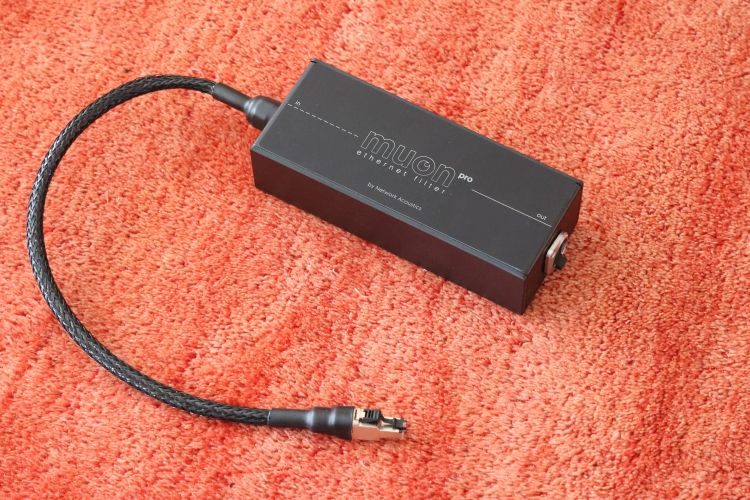
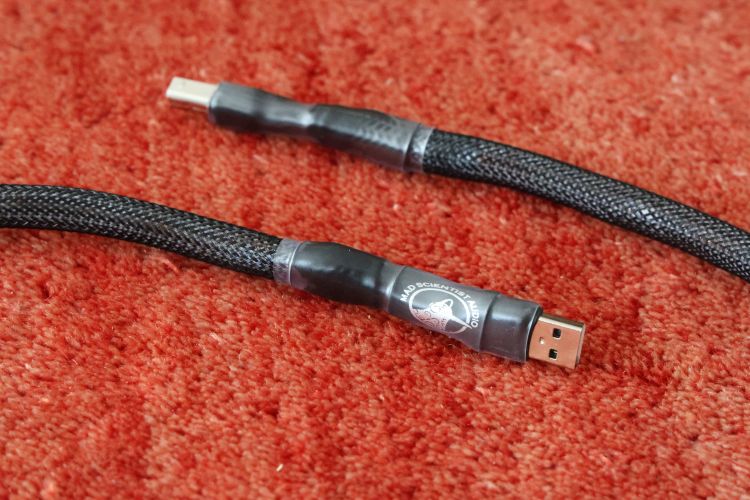
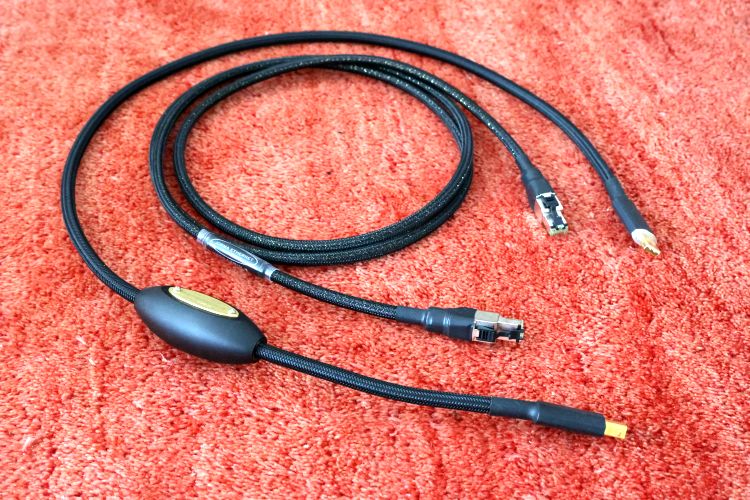
Dear Christiaan: You conducted a lot of tests regarding USB-cables. I,m missing one brand here namely Acoustic Revive. USB-1.0PL Triple C.
Furthermore they have worlds first dedicated USB 3.0 cable: Acoustic Revive USB-TRS-1.0 standard TRES (not 2.0 compatible).
Personaly i,m using the Acoustic Revive USB-1.0SP-TripleC, but that has separate lines for the audio-signal and 5V power supply.
Best regards: JR
Hi JR, The more USB cables I review, the more requests I receive:-) I think I’ve done enough for now and would like to focus on other parts of the system but just in case I have added your suggestion to my ever-growing list.
Then I’ll add another, and not just a USB: WyWires out of Los Angeles, which is missing from your brand list. Both their Platinum and top of the line Diamond cables have garnered highly laudatory reviews (PF, TAS) that I have found to be accurate, and have both now in my system (their power cords replaced PS Audio AC-12s, and the one Diamond IC so far replaced an MG Audio Design AG2, which Paul McGowan for years described as the best he’d ever heard and used in his shows/listening rooms until he decided to become a cable vendor).
I also had a chance earlier this month to compare the two Curious USB versions, a powered Callisto that I had used since last summer and the WyWires Diamond. I found the older Curious to have very good clarity and bass, while being tonally dry/neutral and not finding as exciting as others like yourself have pointed out. To be fair, though, I had only given it 48 hours re-burnin before comparing (unused for a few years). The fully burned in Evolved had the same positive characteristics but was much less dry, but I was still favoring the overall tonality and ambiance of the Callisto. The WW Diamond takes the best of the Curious and the Callisto and builds on both. It is lightly to the warm side of neutral, as seems to characterize the Diamond line — the Platinums are a touch warmer, virtually identical to former PS Audio line. One note: WyWires has 40-45% off sales frequently, which makes both lines more accessible.
Short question I have for the USB Vermouth cable: did you tried this cable with Innous brand ? Or the FTA Callisto with Innuos streamers ?
Alas, I have no experience with any Innuous product.
I see. Thanks for your quick reply.
I used the Callisto between an SSD and an Oppo 203